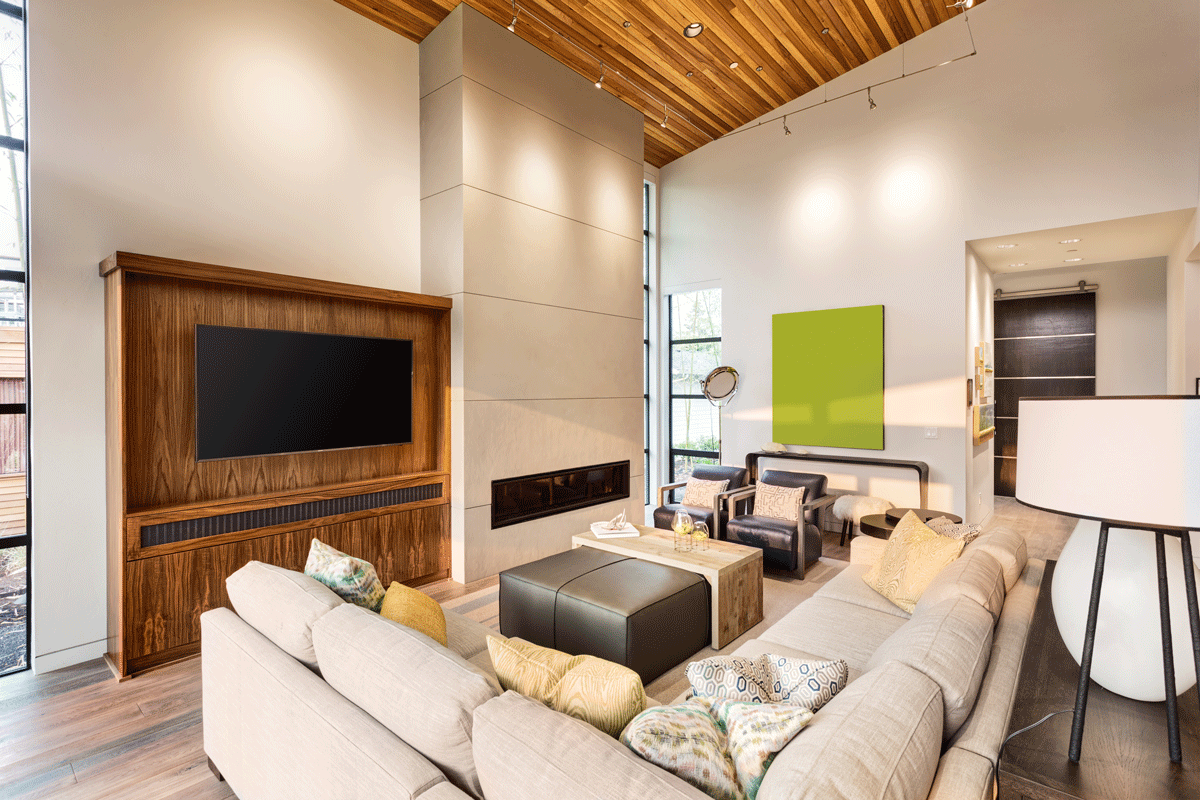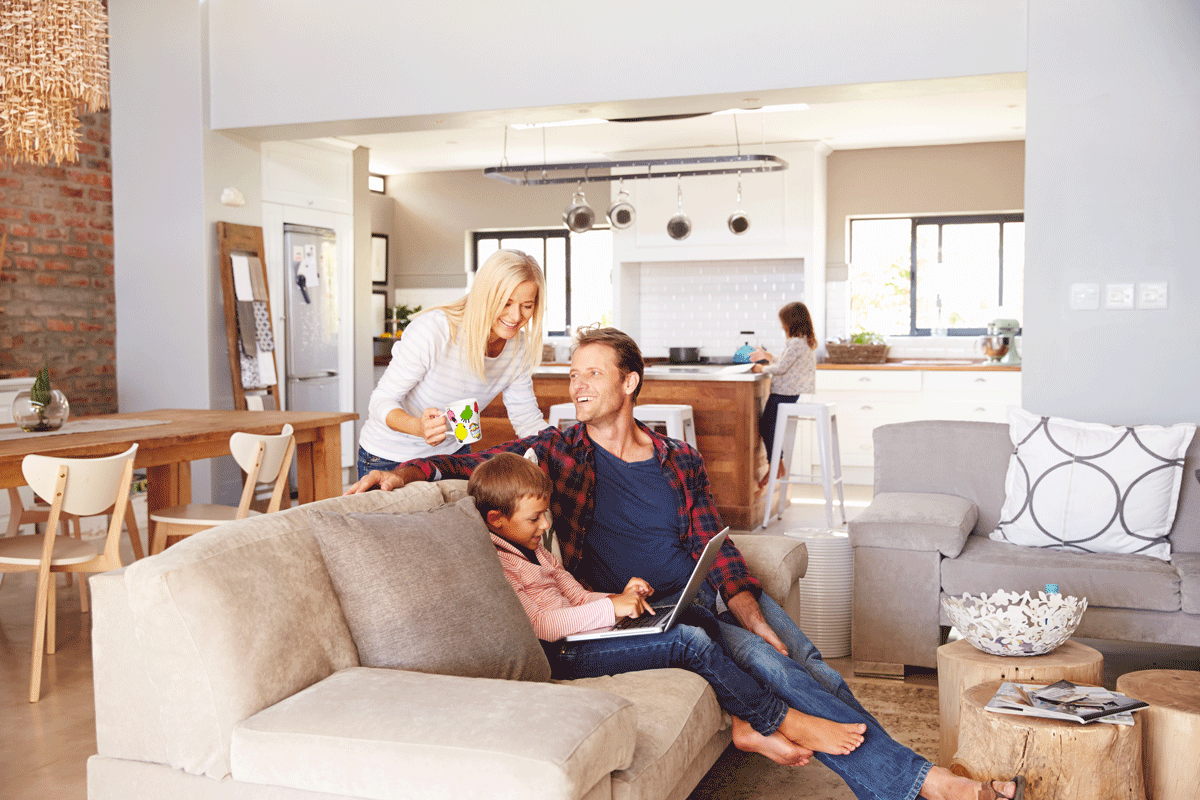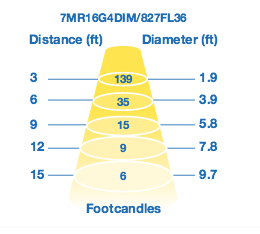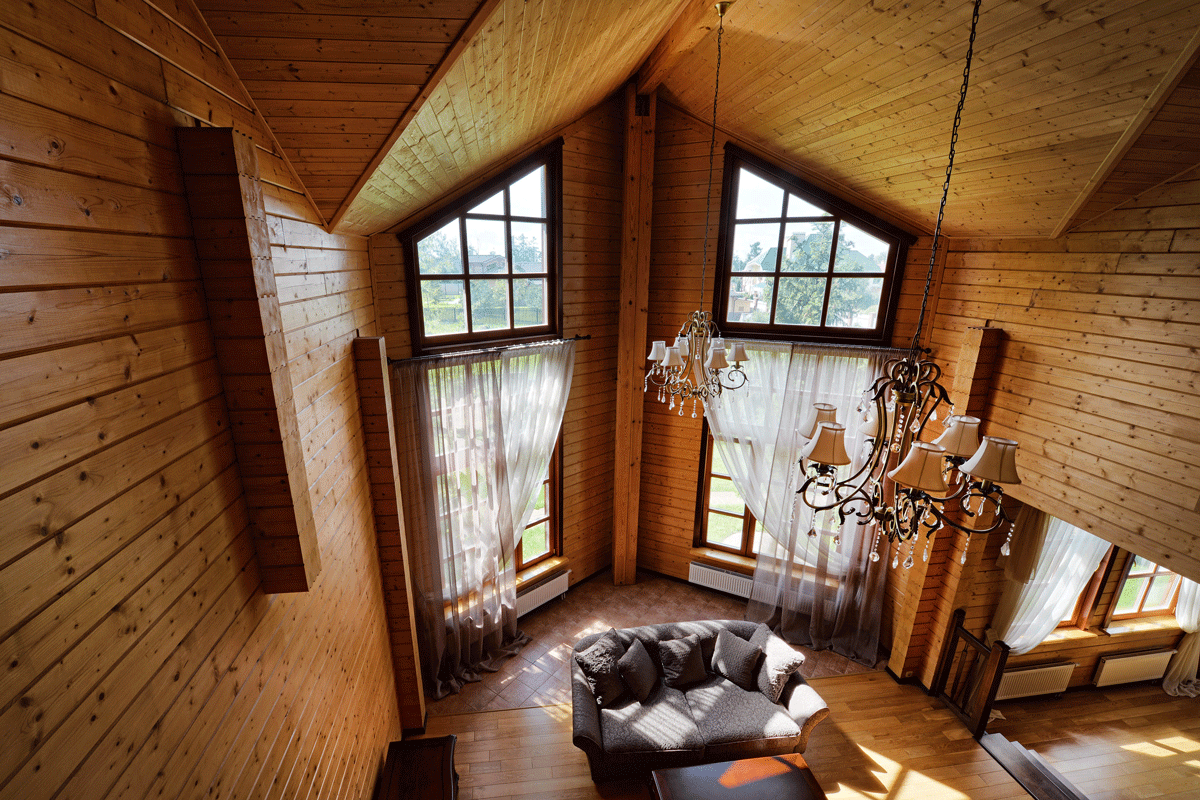Where do we start? -Approaching a lighting plan.

Our clients usually know what they want from their lighting: "We have a space that has a slanted ceiling, 14 - 16' tall. We want to use low voltage rail with the small inconspicuous heads". When we ask a few questions we get even more "must-haves": "We definitely want LED, we want a dimmer, bronze finish, no exposed transformer, but remote. We definitely don't want the fixtures more than 12" from the ceiling because of the view and the canopies have to be square because everything in the house is square. " All sounds reasonable, right?
The problem for us is that every single must-have leads us in a specific direction and narrows down the choices until there might only be one option left that is not necessarily the best solution to do the job. It was definitely not chosen by using its purpose as a criteria, but the aesthetics of the space took over. In the case above something has to give, since it is not just possible to fulfill all these wishes and light the space.
When we from Light My Nest approach the task of lighting a space we actually start from the other end. We don't start with a wish list for the aesthetics of the fixtures, which to us are the tools, but with questions about the people, who use the space. Which activities take place here? Where do they take place?
Next step is then to calculate how much light is needed in each location within the space. You want to create areas of interest that receive more light than the areas that are not used for specific tasks. It creates a lot more ambiance than just blasting the entire space with an even amount of light, even if it's on a dimmer. Then we figure out, which fixtures can do the job. So, if you have a 14' - 16' ceiling you need to see, which lamp (bulb) type will be able to reach the walls and provide adequate light to illuminate artwork.
This is a photometrics chart from a 7W (50W equivalent) MR16 LED lamp. (Courtesy of Green Creative)
It shows you that with a beam aiming straight down you get 9 footcandles at 12 feet, which is sufficient for general lighting. (For work surfaces 60 fc are recommended.)
At 15' you are way below these recommendations. So the light will have to be supplemented with other light sources, especially if you are trying to light spaces that are tricky to negotiate. But then again, for illuminating artwork you are hopefully not aiming a beam more than 6' and this lamp will do a beautiful job at that distance. Will even be have to be dimmed slightly.
Halogen MR16s do pack more punch, so the numbers on the photometrics chart would be considerably higher. (at 9' it would deliver approximately 20 fc with the same beam spread.) But then again, look at the difference in energy use. For illuminating artwork you want to consider the light sensitivity of the object you are trying to light. 5 to 15 footcandles are recommended for sensitive materials.
A factor that has not been taken into consideration in these calculations is the color of the space. There is definitely a huge difference if you are illuminating a start white space or a warm space filled with wood, texture and saturated colors.










